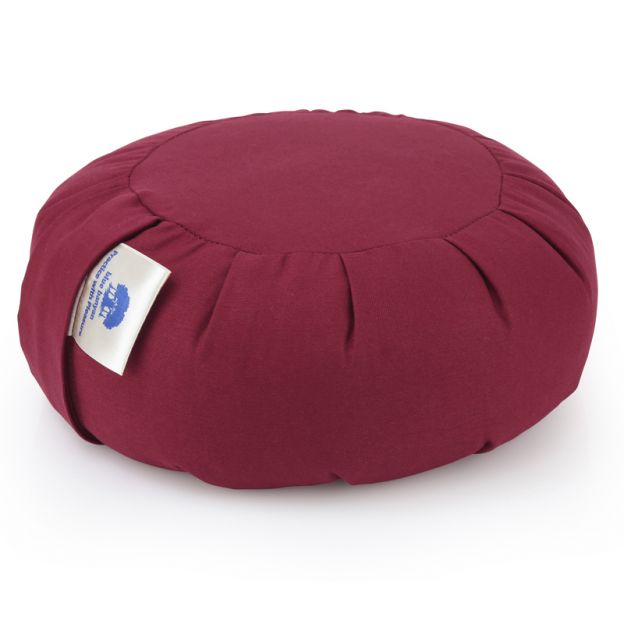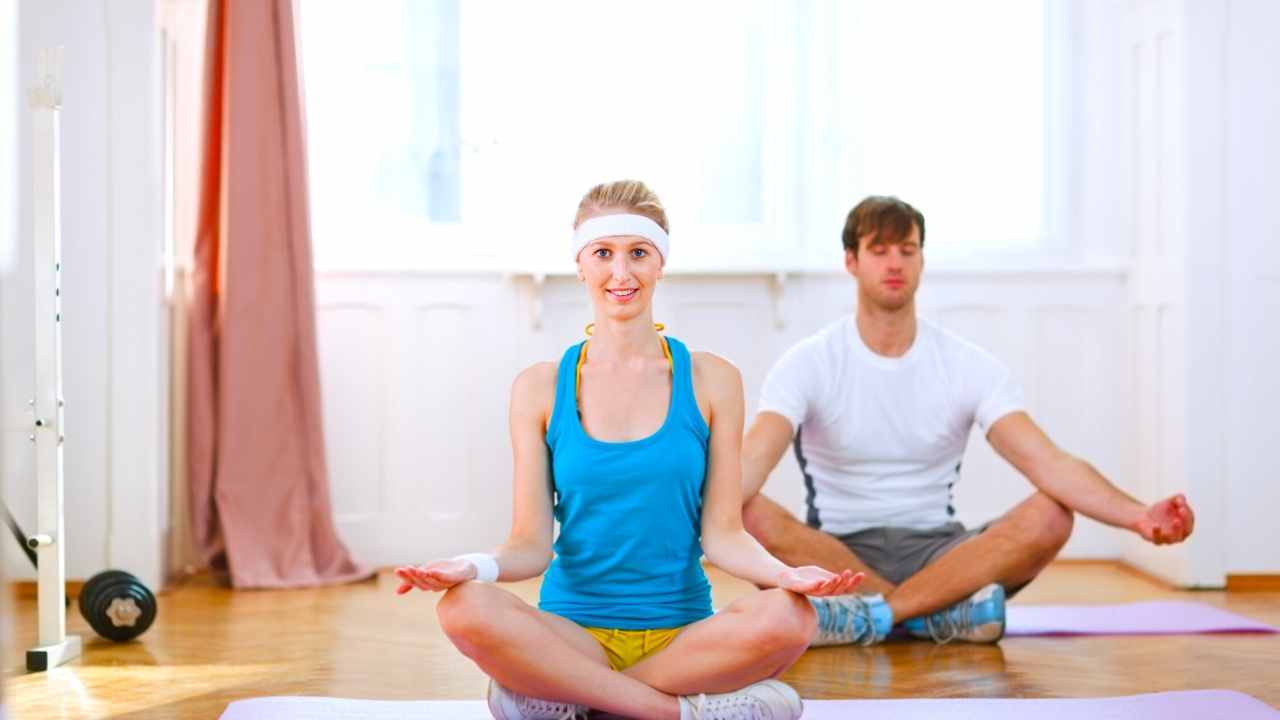
A study found that meditation may be able to reduce chronic pain. This type can be used to relieve both mental and physical pain. It can also reduce stress. The link between stress and chronic pain is strong, and both have been linked to various medical conditions. Meditation can help reduce stress levels, regardless of whether you are suffering from back pain or rheumatoid. Meditation can reduce inflammation, which is the leading cause of pain.
For people suffering from chronic pain, a meditation can help. It's beneficial for people who have back or body pain, as well migraines, fibromyalgias, or arthritis. It can ultimately change the way that you look at pain and help you cope with it. Meditation can help you achieve this connection. These are positive results. However, the question remains: Is meditation really effective for pain?

Meditating for pain can have many benefits. It reduces pain processing activity in the brain. This decreases pain perception. If you are looking for a way to decrease your pain levels, guided meditation can be a great option. These guided meditations are a great way to decrease your pain. You might also want to try MBSR as well as other forms. Finding a qualified teacher to teach meditation is a great way to learn. An experienced teacher can help you to develop your practice.
Meditation can be used to help with physical pain and also psychological and social aspects. The Sullatta Sutta teaches us to be fully present with any sensation and to release attachment to it. Neuroimaging has shown that mindfulness practices have been proven to be effective in managing chronic pain. The effectiveness of mindfulness techniques for pain relief can now be evaluated. They are highly effective in treating pain. These can be a valuable tool for those who have chronic conditions.
Meditation can not only help with chronic pain but also manage chronic pain. It can be used in conjunction with other methods to manage chronic pain. This can help improve your quality life. This method can be applied to daily activities and habits. If you're looking for meditation for pain, it's an excellent option for you. It's worth taking a few moments each day to practice the technique.

Several studies have also found that meditation for pain has a beneficial effect on chronic pain. According to a study by the University of Pennsylvania, it can reduce the intensity and duration of pain, and can even lower the level of anxiety. Furthermore, it can help you reduce your stress by calming your mind and boosting your immune system. Meditation may be a good option for those suffering from chronic pain. It's easy to do, just try it.
FAQ
What is the problem with BMI?
BMI stands For Body Mass Index. This refers to the measurement of body fat using height and weight. The following formula is used to calculate BMI:
Add weight in kilograms to height in meters squared.
The score is expressed as a number between 0 and 25. A score of 18.5 or higher indicates overweight, while a score of 23 or higher indicates obesity.
A person of 100 kg with a height of 1.75m will have 22 BMI.
What is the difference in calorie and kilocalories?
Calories are units that measure how much food has energy. Calories are a unit of measurement. One calorie contains the energy needed to raise the temperature of one gram of water by one degree Celsius.
Kilocalories can also be used to refer to calories. Kilocalories are expressed in thousandths (or a calorie). 1000 calories is one kilocalorie.
How does weight change with age?
How do I know if my bodyweight changes?
When there is more muscle mass than fat, weight loss can occur. This means that daily energy needs must be greater than the calories consumed. Reduced activity is the leading cause of weight gain. Other causes include illness, stress, pregnancy, hormonal imbalances, certain medications, and poor eating habits. A person who has more fat than their muscle mass will experience weight gain. It occurs when people consume more calories each day than they use. Overeating, increased physical activity and hormonal changes are all common reasons.
Our bodies lose weight mainly because we eat less calories that we burn. Regular exercise increases metabolism, which means that we burn more calories per day. But, this does not mean that we will be thinner. It is important to know if we are losing weight or gaining muscle. Weight loss is possible if you burn more calories than you consume. If we consume more calories that we burn, we are actually storing them in fat.
As we age, we become less agile and don't move as often. We also tend to consume less food than when we were younger. We tend to gain weight. We also tend to look larger because we have more muscle.
It's not possible to measure how much weight your body has lost without weighing yourself every week. There are many different ways to measure your weight. You can gauge your waist size, hips, hips, thighs and arms. Some prefer to use the bathroom scales, others prefer to use tape measures.
To track your progress, weigh yourself once a week. Measure your waistline once per month. To see how far you have come, you can take photos of yourself every few month.
Online, you can find out your height and weight. For example, if you're 5'10" tall and weigh 180 pounds, you'd probably weigh 180 pounds.
How do you measure body fat?
A Body Fat Analyzer is the best way to measure body weight. These devices can be used to measure body fat percentages in people who are trying to lose weight.
Is cold a sign of a weak immune response?
Cold can make you less immune to infection because your body makes fewer white blood cells, which are essential for fighting infections. You will feel less pain if you are cold.
Statistics
- WHO recommends consuming less than 5% of total energy intake for additional health benefits. (who.int)
- According to the 2020 Dietary Guidelines for Americans, a balanced diet high in fruits and vegetables, lean protein, low-fat dairy and whole grains is needed for optimal energy. (mayoclinichealthsystem.org)
- WHO recommends reducing saturated fats to less than 10% of total energy intake; reducing trans-fats to less than 1% of total energy intake; and replacing both saturated fats and trans-fats to unsaturated fats. (who.int)
- The Dietary Guidelines for Americans recommend keeping added sugar intake below 10% of your daily calorie intake, while the World Health Organization recommends slashing added sugars to 5% or less of your daily calories for optimal health (59Trusted (healthline.com)
External Links
How To
27 Steps to a healthy life when your family eats only junk food
It is easy to eat healthy when you cook at home. But, it can be hard to make healthy meals because many people don't know how. This article will offer some suggestions on making healthier dining choices at restaurants.
-
Look for restaurants that offer healthy choices.
-
Before ordering any meat dishes, order vegetables and salads.
-
Ask for sauces with no added sugar.
-
Avoid fried foods.
-
Choose grilled meats over fried.
-
You shouldn't order dessert unless it is absolutely necessary.
-
You should always have something to eat after your dinner.
-
You should eat slowly and chew well.
-
Eat water.
-
Do not skip breakfast or lunch.
-
Include fruit and vegetables with every meal.
-
Use milk, not soda.
-
Avoid sugary drinks
-
Limit salt in your diet
-
Try to limit the time you go to fast food places.
-
If temptation is too strong for you, invite someone to be your friend.
-
Make sure your kids don't spend too much time on TV.
-
Keep the television off during meals.
-
Do not consume energy drinks.
-
Regular breaks from work
-
Get up early and go for a run.
-
Every day, exercise.
-
Start small and progress slowly.
-
Set realistic goals.
-
Be patient.
-
You can exercise even when you don't feel like doing it.
-
Use positive thinking.